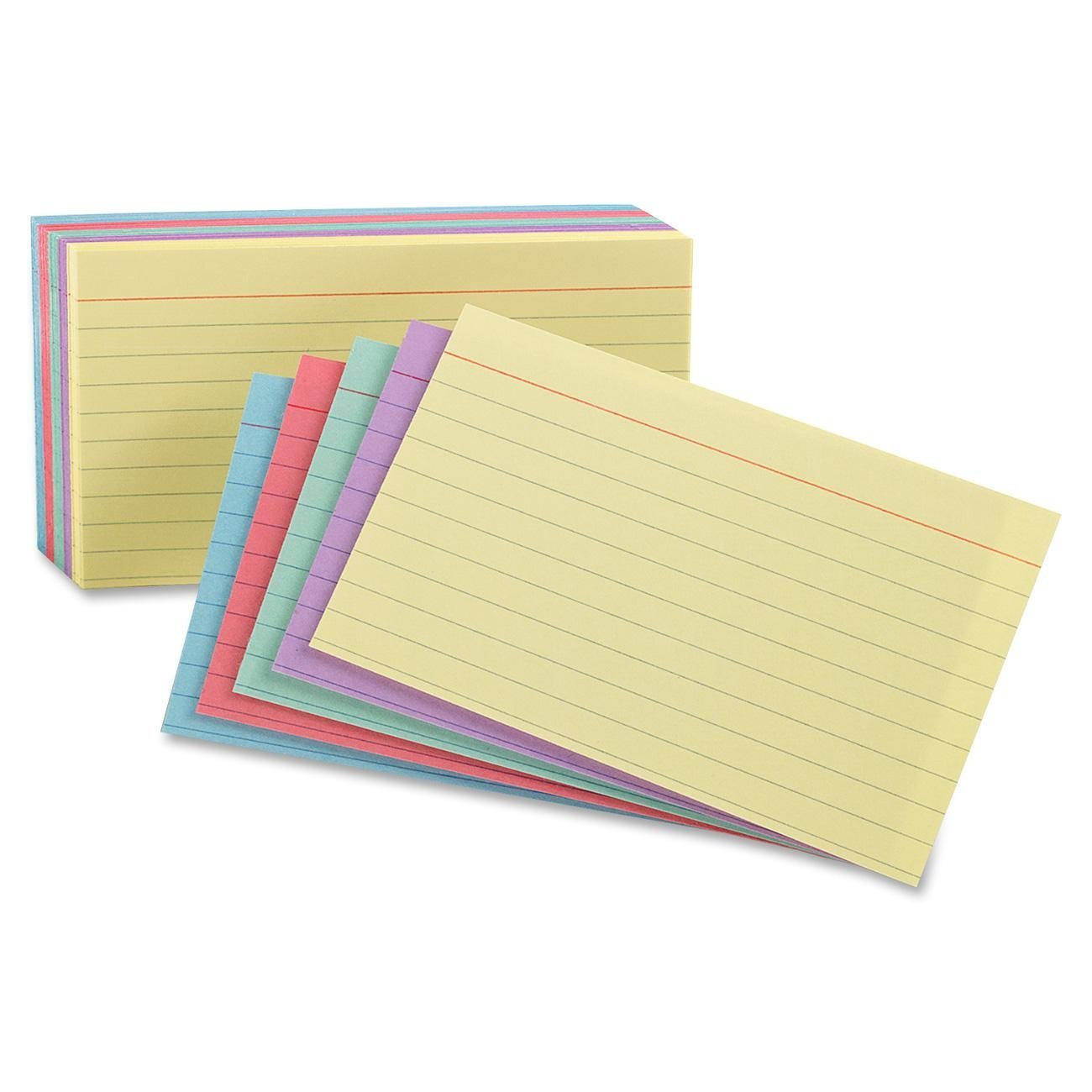By: Tom Sura
Tom Sura is an assistant professor of English and the undergraduate writing coordinator at West Virginia University. Tom would love to know if you use one-minute papers in your courses and what discoveries they have led to. You can find him several ways: @tom_sura on Twitter, thomas.sura@mail.wvu.edu on email, and tomsura.tumblr.com online.
One of the most powerful tools in a teacher’s toolkit—regardless of the discipline—measures just three inches by five inches. That’s right. The standard-issue index card has a remarkable power for increasing student engagement, assessing pedagogy, and providing evidence of exceptional teaching.





